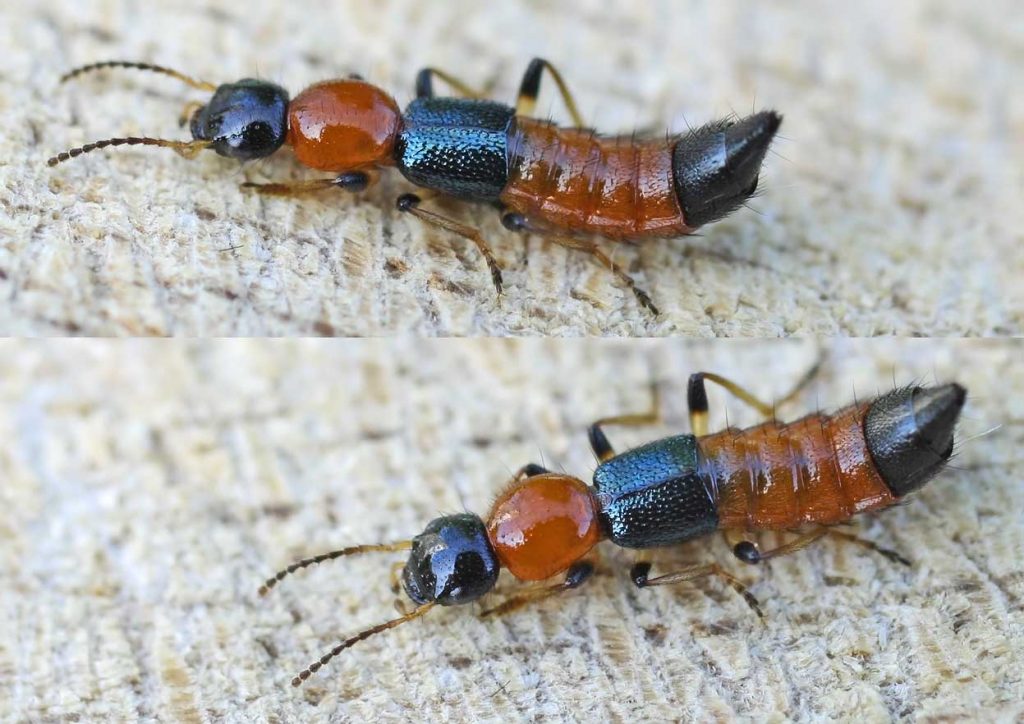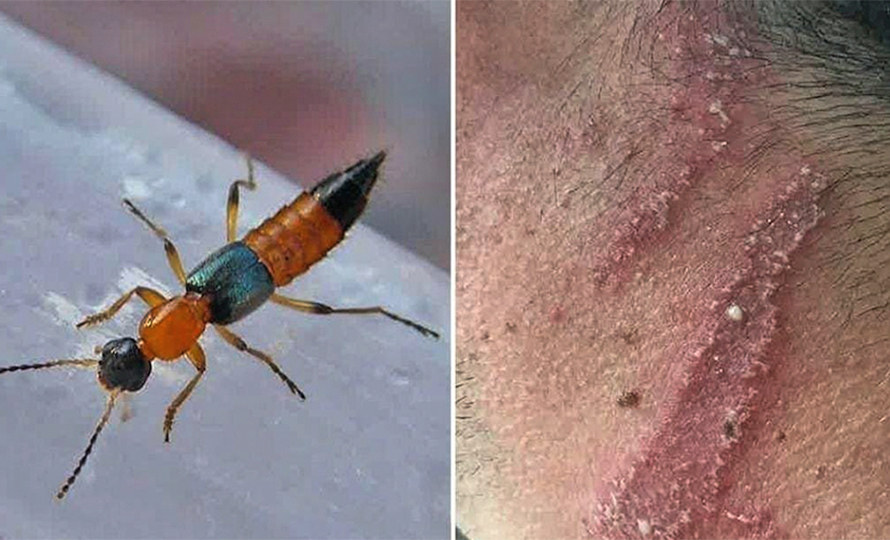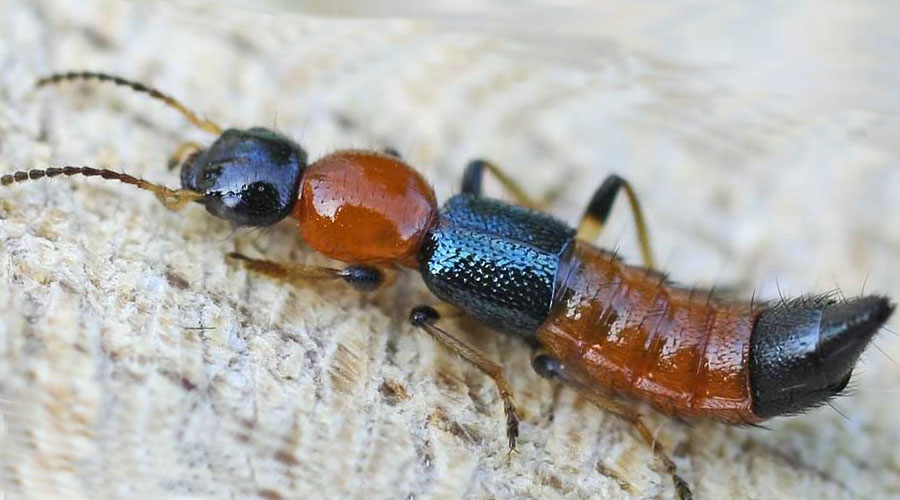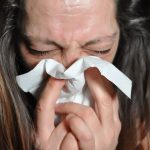The number of patients suffering from the Nairobi fly is increasing in various hospitals in the Terai of Nepal.
With the stories going viral on social media, you must have already heard about the Nairobi fly and how the insect leaves a mark on you if it comes in contact with you. But, with various posts, there are some questions and some misinformation about this insect and its effects.
Onlinekhabar recently talked with Dr Guru Paudel, a consultant dermatologist at Damak Hospital, for more information regarding Nairobi fly, how the insect is impacting the people in Nepal and how can they save themselves from it.
What is the Nairobi fly epidemic?
After the extreme levels of rainfall in Africa, in particular in Kenya, in 1998, the countries faced the great danger of floods. As the insects are highly reproductive in the rainy season, they lay their eggs and foster in the moist areas near freshwater bodies. In 1998, an outbreak was seen in Kenya.
After that, similar outbreaks occurred in 2007, 2019 and 2020 spreading across Africa and in Japan, Israel, Sudan, Paraguay and India.
It has been said the insects have entered Nepal in large numbers from India. In the eastern Terai of Nepal, including Jhapa, the number of patients has increased with more than 50 patients coming in daily and about 300 a week for treatment. In Damak, the infection rate has been increasing rapidly after the rainfall. It has also surfaced in Ilam of the hilly region also.
In yesteryear, only a small number of patients used to come for treatment during the rainy season. However, this year the infection is spreading rapidly.

What is a Nairobi fly?
Nairobi fly is an insect that is black and red/brown in colour. Its head, lower abdomen, and elytra (forewing) are black whereas its thorax and upper abdomen are red.
These insects belong to the genus Paederast of the beetle family named Staphylinidae. There are more than 370,000 species of beetles worldwide. The Nairobi fly is one of them. They are also commonly known as rove beetles.
These insects reproduce near water bodies and like to take shelter around rotten vegetables, animals and plants.
Nairobi flies do not bite when they come in contact with human skin. However, they produce pederin, a kind of toxin or acid, that burns the skin and causes various symptoms in the human body including irritation, allergies, rashes and bumps.
How does it progress?
Once the insect comes in contact with you, the symptoms will surface in about 12 hours to two days. A biopsy should be conducted to determine if the infection is from Nairobi fly. However, if the symptoms are prominent, the infection can be confirmed even without a clinical diagnosis.
When the insect comes in contact with someone’s skin, they release a pedarin that causes skin burns and allergies.
Allergies can further cause redness, burns and blisters to appear on the skin. If you itch too much, there is a chance that the infection can spread elsewhere too. Itching can also cause cuts or wounds, leaving behind dark stains or patches.
If you get allergies, it takes up to one to two weeks to heal.

But, because it can turn into wounds and blisters, it might cause some people to panic. The blisters and rashes also might be confused with symptoms of janai khatera (herpes zoster), solar urticaria (rare allergic reaction to sun exposure) and monkeypox.
The itching will not cause severe complications. However, depending on the person, some might foster medium to severe infections too. If the acid spreads more in one’s body and if it goes more serious, some might even develop fever, nerve pain, joint pain or nausea and vomiting
Preventive measures
- These insects are attracted to light. Hence, they gather in large numbers around residential areas where indoor lights or street lights are on. So, if possible, avoid staying near the bright lights or turn off the lights as early as possible.
- If not, to avoid coming in contact with the insects, use netting on windows, stay inside the nets or wear long-sleeved clothes.
- If the insect comes in contact with your body, do not press upon or kill the insect.
- The area that comes in contact with the insect should be properly washed with soap and water.
- Take precautions and ensure that your unwashed hands do not touch any part of the body, especially the eyes.
There is no specific treatment for this. If you come in contact and have allergies or rashes, you can use allergy medicine to relieve them. If the wound is severe, antibiotics can also be used.
This article was translated from the original Nepali version and edited for clarity and length.



















